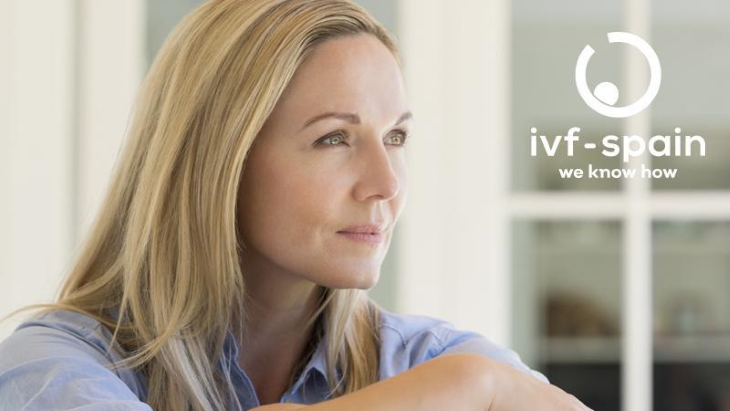Compare costs
Average cost of treatment in key countries
Include indicative costs for treatment, travel, insurance and accommodation
Get a quote
1. Complete the enquiry form
2. Select countries of interest
3. Providers respond directly
Many couples today are not trying for a family until they are in their late thirties or forties due to work, financial or educational demands, or simply because they haven’t met the right partner until that time. Sadly, the chances of becoming pregnant naturally drop from around 20-25 percent per month for women in their 20s and 30s to about five percent for women in their early 40s, and consequently, IVF and other infertility treatment is high.
According to the European Society of Human Reproduction and Embryology 14 percent of couples in Europe find it difficult to become pregnant and legal complications or lack of access can restrict would-be parents in some countries from having infertility treatment at home. In the UK, for example, although guidelines advise that couples are entitled to up to three cycles of IVF on the National Health Service (NHS), eligibility is a postcode lottery. There are often long waiting queues and it is only available to women aged between 23 and 39. As a result, statistics show that three quarters of all IVF cycles are carried out privately in the UK – at considerable expense.
Investing in tests to establish fertility problems and in having assisted reproductive technology (ART) is an extremely costly business and beyond many couples’ budget. In the current economic climate it is not surprising that new research from The European Society of Human Reproductive and Embyology (ESHRE) confirms that thousands of European couples (in particular from the UK, Italy, Germany, the Netherlands and France) are packing their suitcases to take advantage of competitively priced infertility treatment in another country.
This is especially the case for British couples seeking to receive egg donation or sperm donation. Many are travelling abroad with the hope of becoming pregnant in a foreign clinic since changes were made in 2005 to the anonymity rules for donating eggs which appears to have caused a decline in willing donors. In some countries, Spain or India, for example, egg donation is allowed to be anonymous.
The good news for couples unable to afford private infertility treatment at home, or experiencing a lack of access or eligibility, is that private fertility treatment can be available, immediately, and at a significantly lower price if they are prepared to travel for it.
There are a growing number of destinations for would-be parents to consider. Countries such as Turkey and India have long been known for their expertise in IVF and ART and offer private treatment at very competitive prices, even with the added price of air fares and hotels.
A number of countries, including Spain, Italy, Croatia, Greece, the Czech Republic and exotic destinations like Barbados are increasingly advertising their expertise in ‘reproductive tourism’ and helping couples to realise their dream of parenthood.


